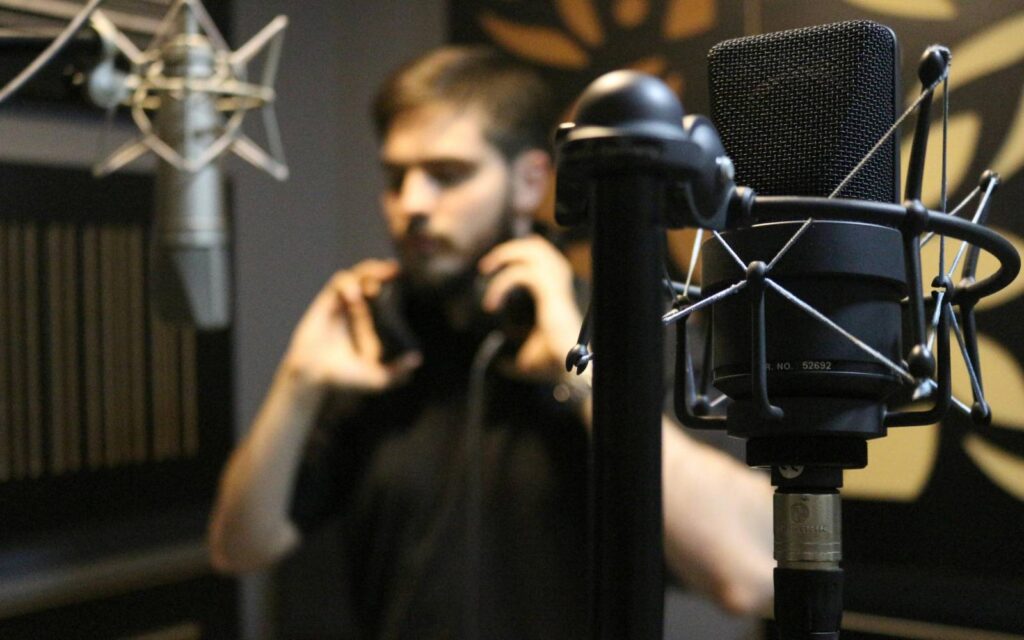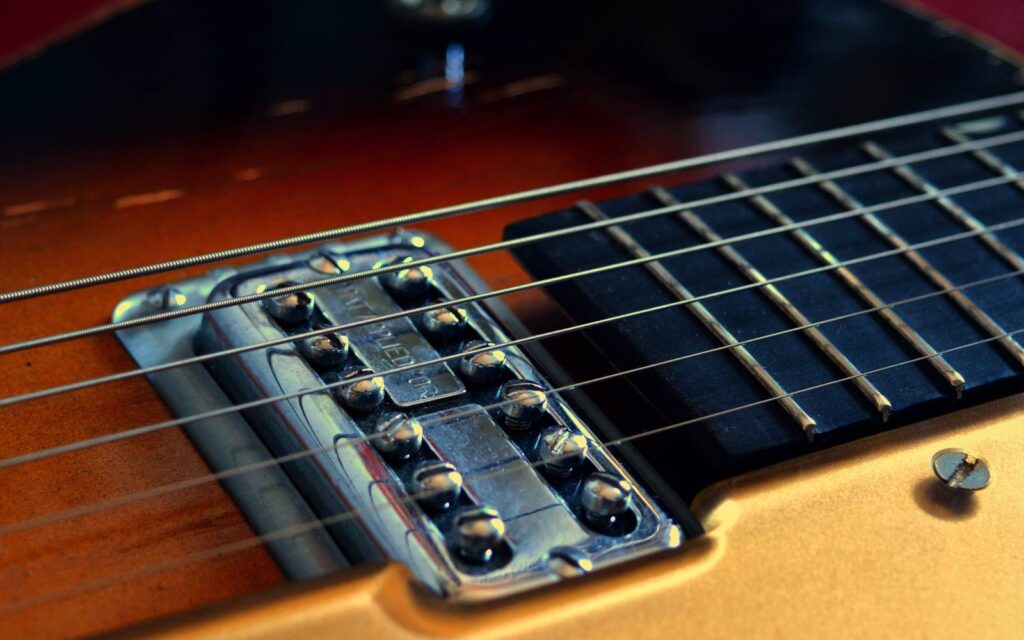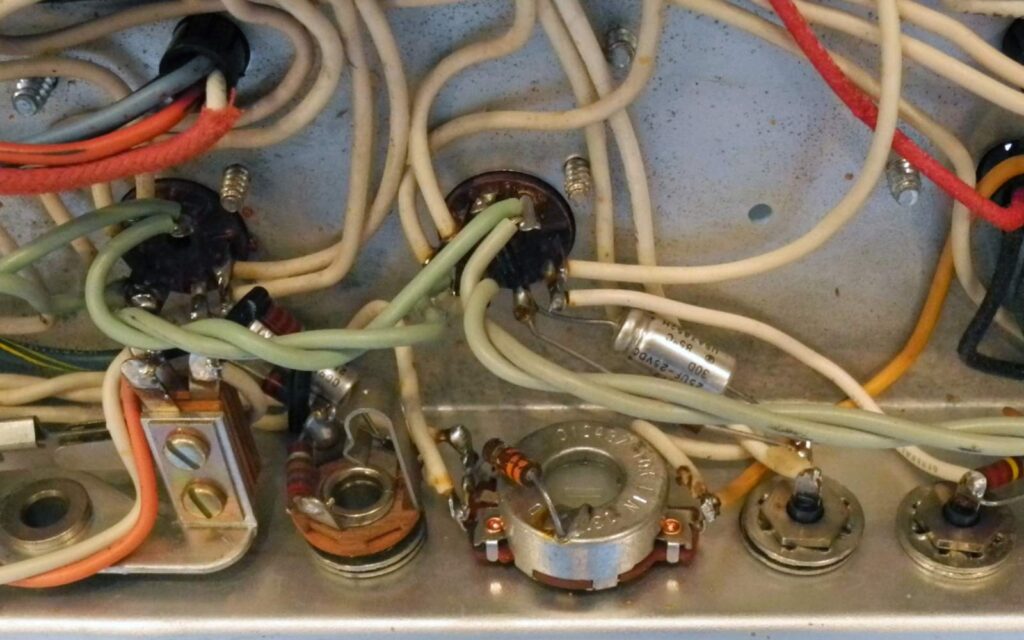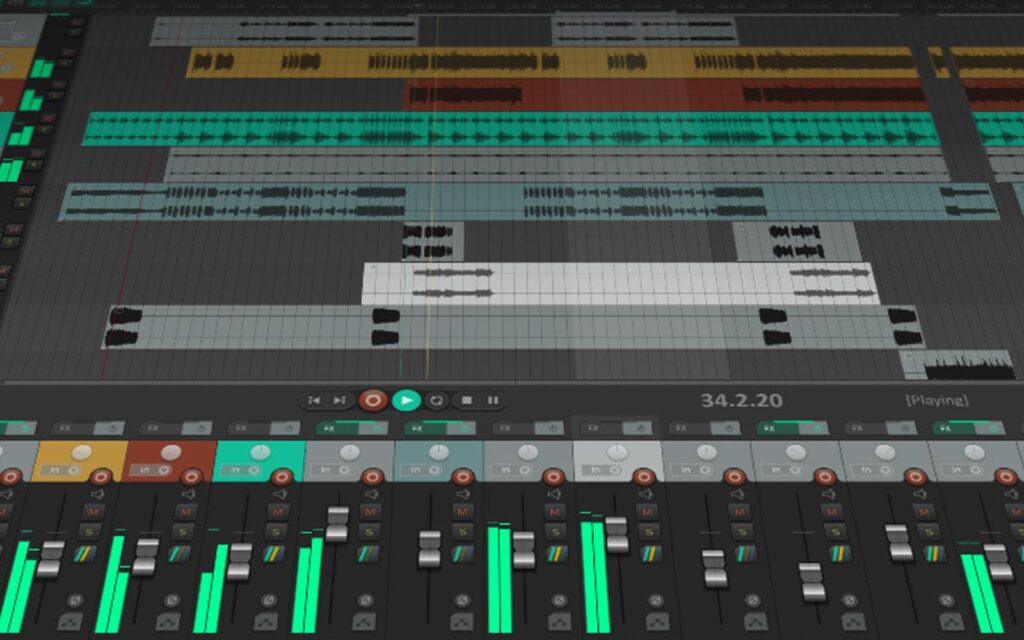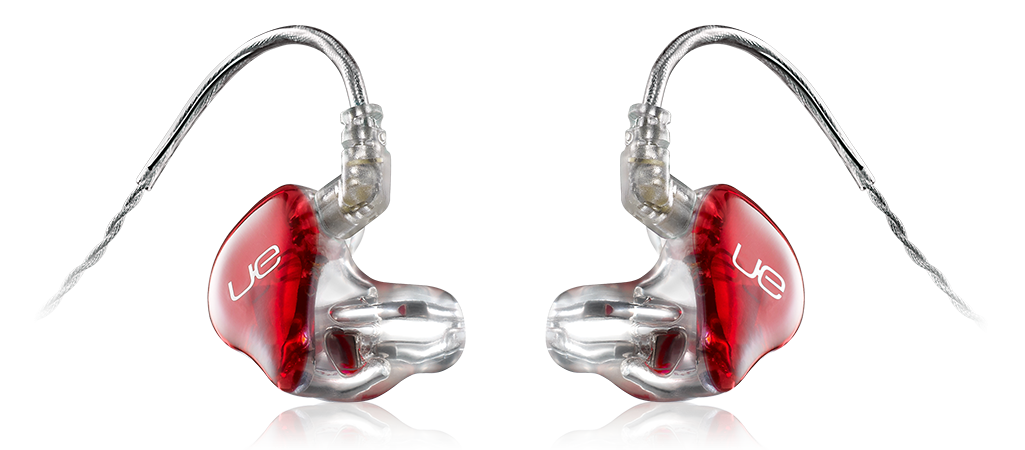Exploring the incredible gear behind the French dance and techno pioneer with a penchant for big, fat, warm, and vintage analogue sounds
Philippe Cerboneschi’s reputation preceded him. If you didn’t know him by that name, then you may have known of his Parisian studio Motorbass Studio or as one part of Cassius, performing as Philippe Zdar.
If neither of those are ringing bells, then the names Justice, Franz Ferdinand or Cut Copy definitely will. Zdar was a producer and engineer of the highest order, having worked with some of the biggest names in rock, indie, alternative and dance music, as well as his own creative output in Cassius with his partner Hubert Boombass.
Read all the latest features, columns and more here.
While the gear he used was a vessel for his calming and concise workflow, Zdar came up in the period of consoles and tape machines and never deviated, finding magic in the imperfections of his wildly impressive collection of equipment in the control room at Motorbass Studio. The character of the equipment is a dichotomy of warm, tube-filled preamps, EQs and compressors, and digital reverbs and effects.
Motorbass and the records that bear his name carry his legacy after Philippe tragically died in an accident in mid-2019. When looking into the gear Zdar used to leave a sonic imprint on all his work, it’s important to split it into equal parts creative that was used for Cassius, and studio which is all centred around a 48 channel E Series console from Solid State Logic.
Studio
E Series SSL Console
The SSL that sits at the heart of Motorbass Studio was 48 channels of a mixture of black and brown EQs. Zdar discussed using it mostly for mixing, and having plenty of preamp options for recording, so he often bypassed the SSL preamps.
The SSL offered routing options that allowed Zdar to send audio around his control room to effects or to side chain signal, a common dance technique for ducking bass, synth and kicks. The SSL EQs are as precise or wide as you want, allowing for a little push and pull an already stellar sounding signal.
All this is routed finally to an SSL bus compressor, offering classic compression and unparalleled dynamic control over your entire mix.
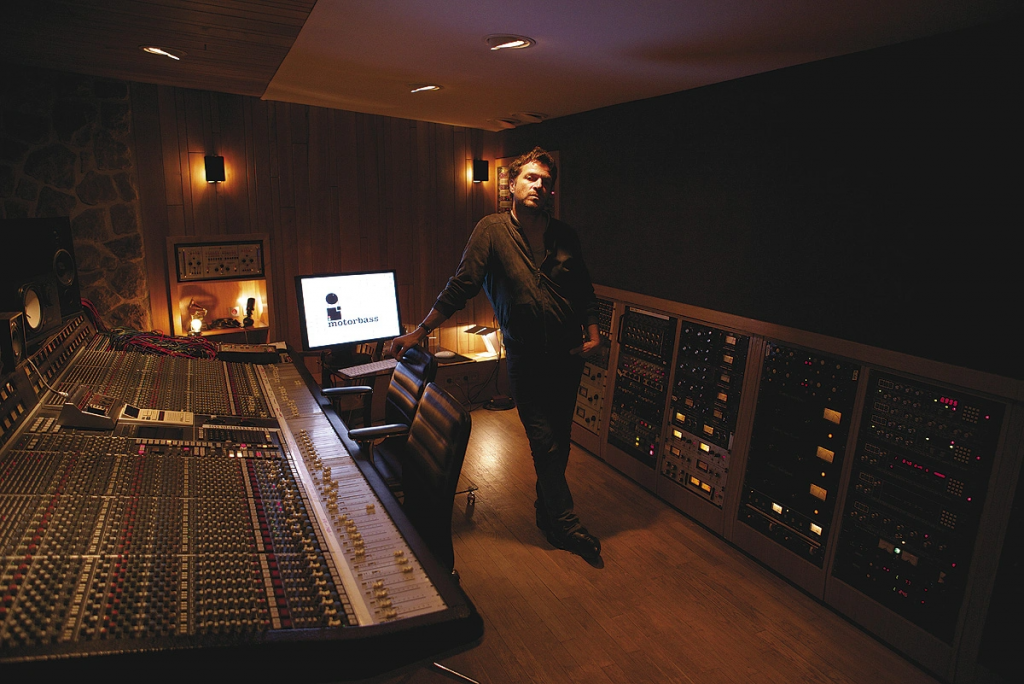
EAR 660 Limiter/Compressor Amplifier
SSL bus compression is known for being fast, punchy, and dynamic. While this works for shaving off a little of the transient, really crushing a mix requires a slower, more harmonically rich processing.
Zdar has discussed the want for a Fairchild 670 or similar, and settling for a pair of EAR 660s before finding he preferred them over their bulkier and marginally more expensive counterparts. The EAR 660 Limiter/Compressor Amplifier is a mono tube compressor with a link connection available for stereo operation, as Zdar did across his whole mix.
Three of these occupy the majority of a rack in Motorbass’ control room, nestled between some DBX dynamics and a brightly coloured GML EQ.
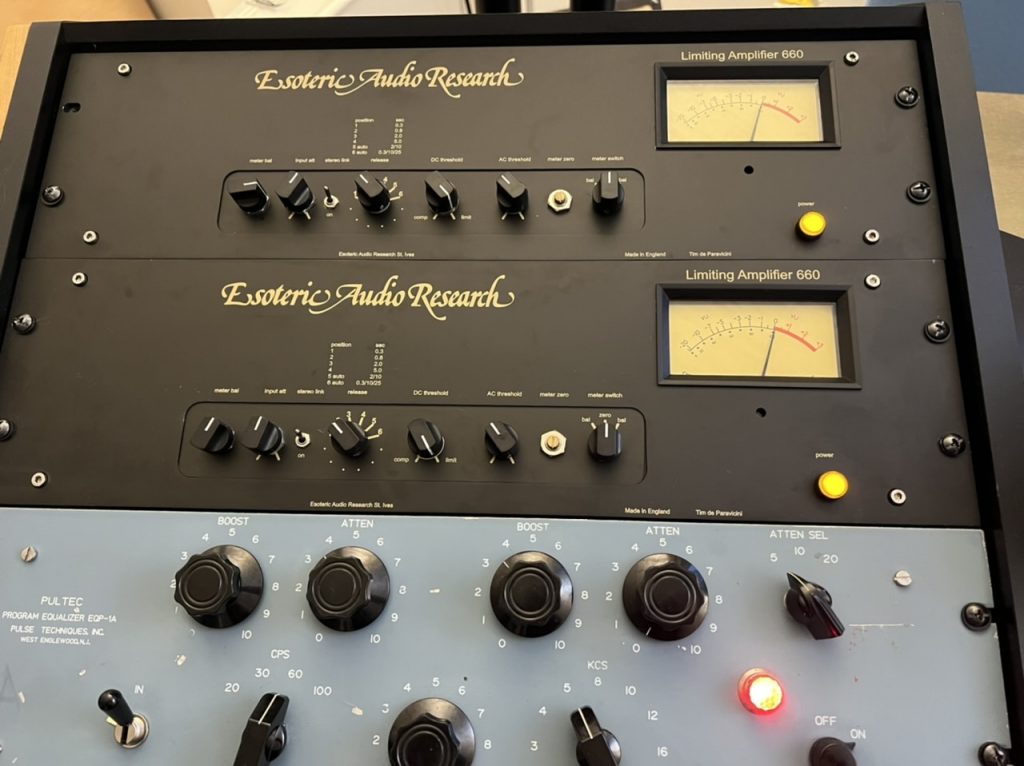
Mixed Pultecs
EQ is a difficult one to skip when you’re discussing Motorbass Studio’s equipment, addressing Zdar’s obsession with Pultec EQs.
The wall of Pultecs in Motorbass’s control room features EQP-1s and MEQ-5, the latter being a more mid-frequency focused incarnation of the classic EQP-1 that traditionally focused on high and low frequencies only.
Pultecs famously allow the user to boost and cut the same frequency, resulting in a really unique curve that offers a super controlled little peak that can be pushed reasonably hard without being overwhelming.
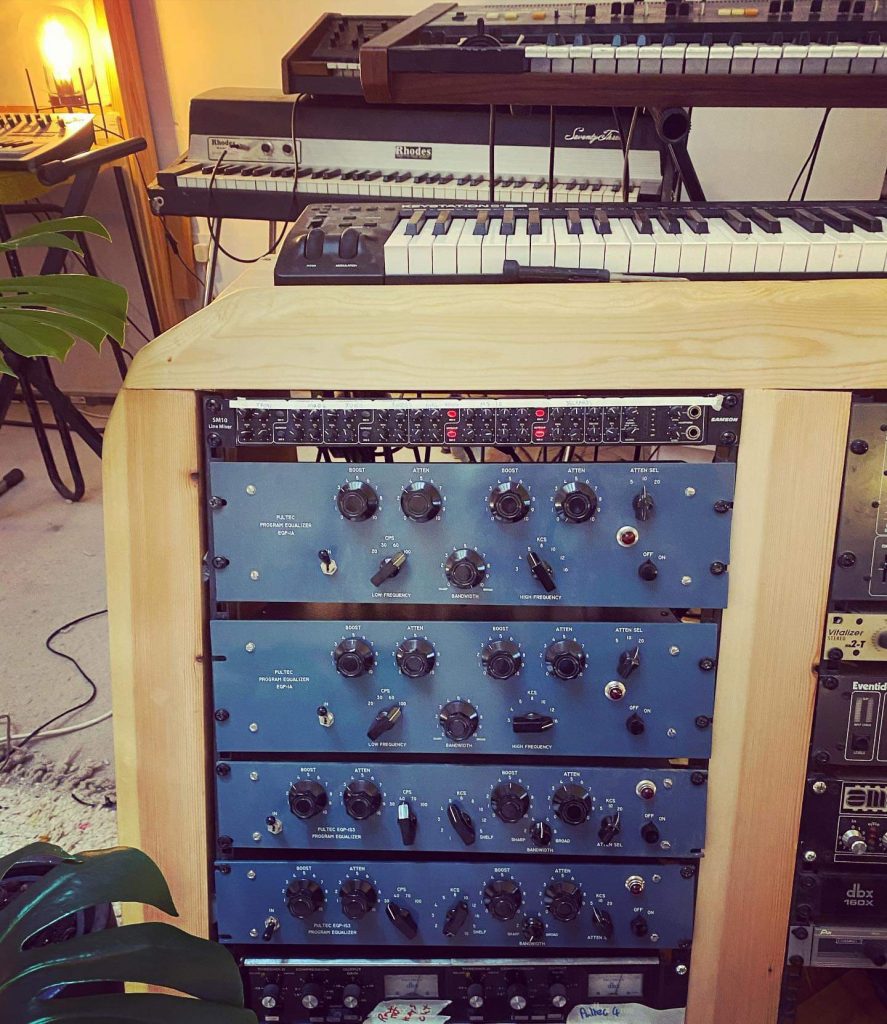
Vintage Delays and Digital Reverbs
It’s an odd dynamic to see such dark, vintage delays coupled with super modern sounding digital reverbs in the same control room.
Motorbass Studio is home to a Binson Echorec and Hawk HR-45 Echo Unit, as well as an entire rack of Digital AMS Reverbs featuring a couple of doubles of different models.
These are used to add the dark, gritty delays to build on sounds, while the clean, digital sounding (albeit admittedly ’80s) reverbs add the space and dimension required for the mix.
Synthesisers
Yamaha CS-80
The CS-80 is one of the most famous synths in history, having been produced originally in Japan from 1977 until 1980. The CS-80 features multiple oscillators per voice, as well as filters and modulation controls to create, tweak and thicken the sounds you’re synthesising.
The CS-80 found its way onto numerous Cassius tracks as both a feature sound and a source of extra layers and ambience in their uniquely dance-y techno. In addition to Cassius’ use, the CS-80 can also famously be heard on Blade Runner and ‘Dune’ by Toto.
Korg PS-3200 Programmable Polyphonic Synthesiser
The PS-3200 is a mammoth synthesiser, and wouldn’t look astray in a spaceship as much as it would a baroque ensemble.
The PS-3200 is lined with wood paneling and is part of the PS series that also features the PS-3010 and PS-3040 to sandwich the PS-3200, which all feature VCA controls and playable with the PS-3010 keyboard. The Korg PS-3200 found a home at Motorbass Studio besides an Oberheim OB-X.
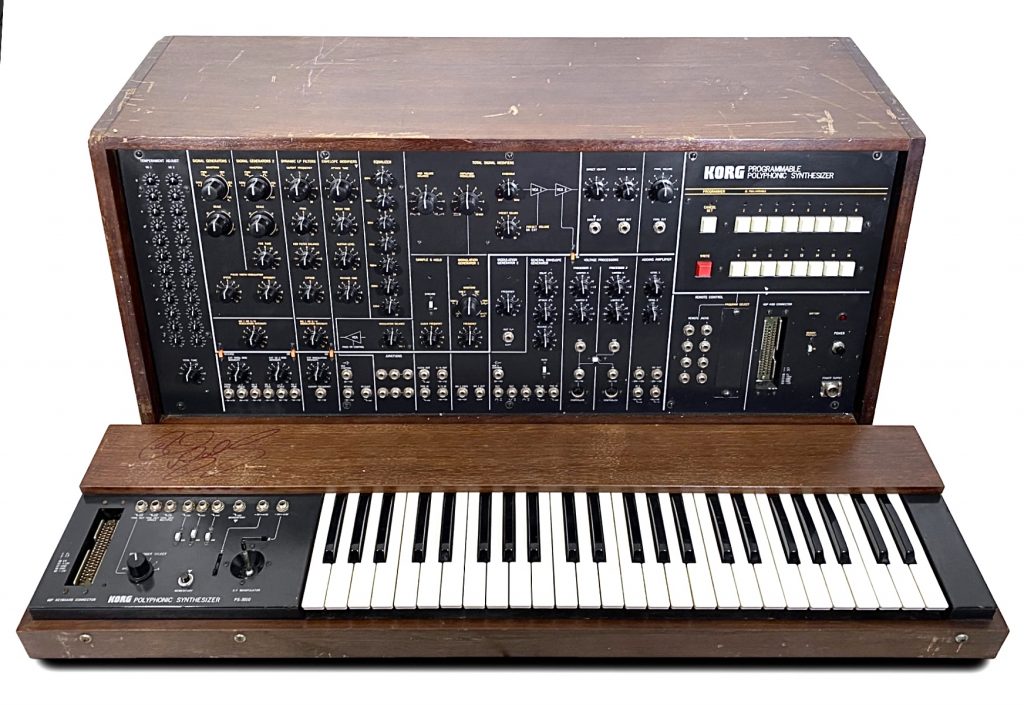
Motorbass Studio continues to function as it always has: a creative hub for writing, recording, mixing and creating. There’s an underlying theme of tactile control across all of this equipment, something Zdar mentions in countless interviews.
Even the synthesisers required some push and pull from the user to generate sound. That being said, all of these pieces are at the mercy of the creative that handles them, but Zdar had collected a list of stuff that most of us only ever dream of, and they really gave the player their own voice through synthetic, EQ or compression.
He was a dance and techno pioneer, with a penchant for big, fat, warm, and vintage analogue sounds in an increasingly digital landscape. His memory will live on in the records he made, the people he influenced, and the equipment he installed in Motorbass Studio that continues to be a bustling hub for music.
Find a Motorbass Studio tour here.


